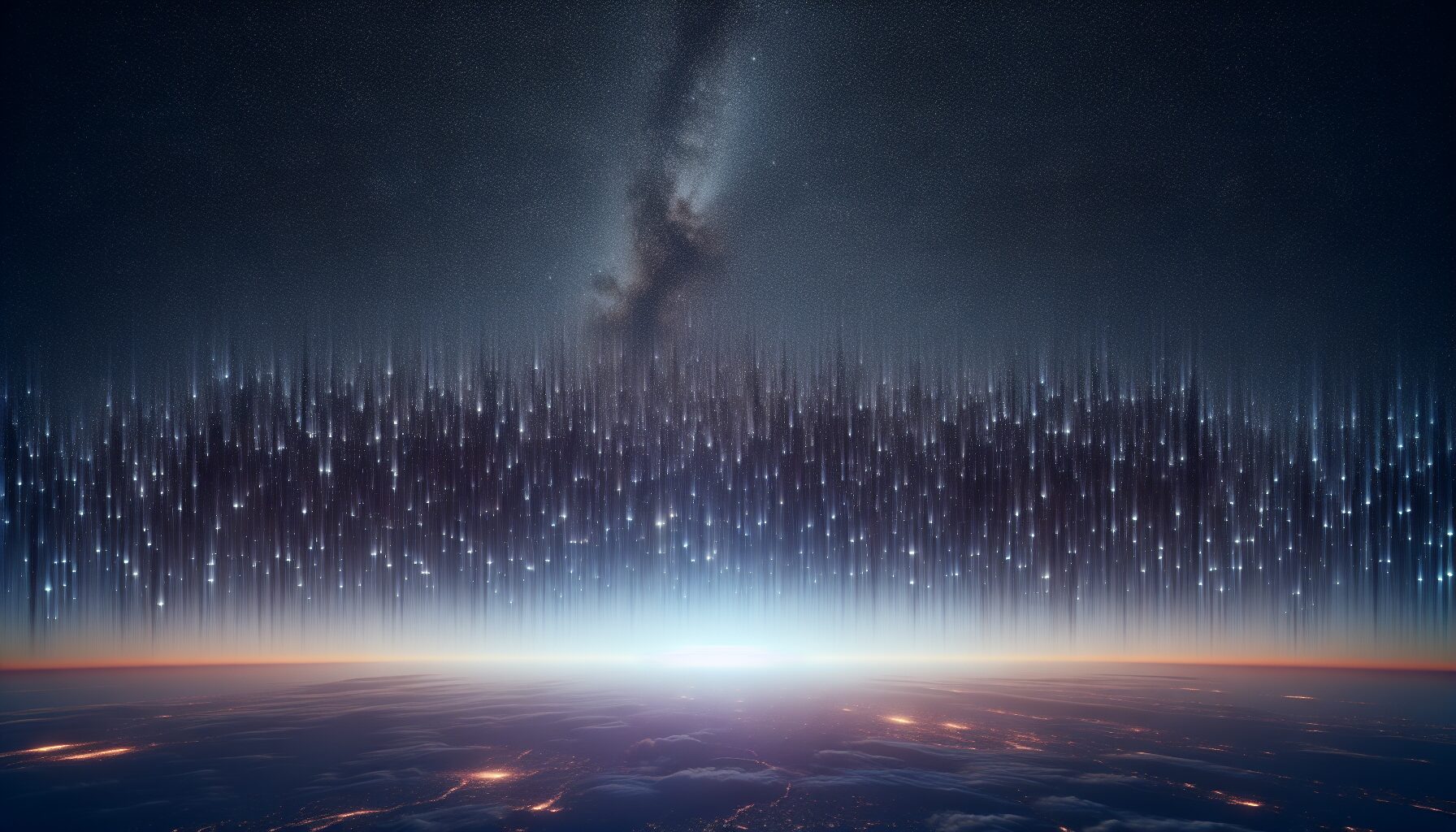The vast expanse of the universe is a tapestry woven with countless stars, each shining with the promise of eternal light. However, much like human memory, these astral beacons are subject to the inexorable law of entropy, eventually fading over eons. In this article, we delve into the parallels between the lifespan of stars and the fading memories in human minds, exploring the scientific and philosophical dimensions of this celestial and cognitive phenomenon.
Understanding Entropy: The Common Thread
At its core, entropy is a measure of disorder or randomness within a system. In thermodynamics, it is the principle that systems naturally evolve from a state of order to disorder. The second law of thermodynamics posits that the total entropy of an isolated system can never decrease over time.
“The tendency of isolated systems to increase in entropy explains why, for example, a cup of hot coffee placed in a cold room eventually cools down.” — Scientific American
This principle of entropy applies not only to physical systems but also metaphorically to human memory. Over time, memories can fade, distort, and lose their order, akin to the gradual fading of stars.
The Life Cycle of Stars
Stars are born from massive clouds of gas and dust, known as nebulae. Over millions of years, gravitational forces pull the material together, igniting nuclear fusion in their cores. This process, which fuses hydrogen into helium, releases vast amounts of energy, causing stars to shine brightly.
Eventually, stars exhaust their nuclear fuel. Depending on their initial mass, stars may undergo different end-of-life transformations:
- Low-Mass Stars: These stars swell into red giants and eventually shed their outer layers to form planetary nebulae, leaving behind a white dwarf that cools over billions of years.
- High-Mass Stars: Such stars may explode as supernovae, leaving behind neutron stars or black holes.
Throughout these stages, the entropy of the stellar system increases until thermal equilibrium is reached, leading to the inevitable dimming of the star’s light.
The Fading of Human Memory
Human memory, much like the stars, begins with a creation phase—when an experience is first encoded by the brain. Initially vivid and detailed, memories can gradually become fragmented as they are stored and transformed within the neural landscape.
Several factors influence the fade of memories:
- Aging: As individuals age, the brain undergoes changes that can affect memory retention and retrieval.
- Decay Theory: This theory suggests that memories fade simply through the passage of time if not actively recalled.
- Interference: New information can interfere with existing memories, causing them to become distorted or forgotten.
“Memory is the diary that we all carry about with us.” — Oscar Wilde, The Importance of Being Earnest
Parallels Between Stellar and Memory Fading
The connection between stars and memory lies in their shared journey towards entropy. While one occupies the vastness of the cosmos and the other the confines of the human mind, both are subject to forces that dictate their fading.
- Energy Dissipation: Just as stars gradually lose the energy produced by nuclear fusion, memories dissipate over time if not reinforced.
- Inevitability of Change: Both stars and memories undergo transformation through external and internal processes, which lead to their eventual dimming.
- Continuity and Legacy: Although stars fade, they leave behind elements that seed new stars and planets. Similarly, even faded memories contribute to the broader tapestry of one’s identity and experience.
The Significance of Entropy
Through the lens of entropy, we gain an understanding of the transient nature of both stars and human memory. While some might view this inevitability as disheartening, it also underscores the importance of appreciation and presence. The fleeting moments of brilliance, whether a star’s light or a cherished childhood memory, remind us of the beauty inherent in impermanence.
“For the memory of a star, much like the memory of those who have left us behind, is to be cherished, as it is a perpetual reminder of existence.” — Anonymous
Conclusion
The saga of entropy continues to unfold across the universe and within us. By contemplating stars and memories, we gain insights not only into the cosmos and consciousness but also into how we choose to live and remember. Let every star and recollection, even as they fade, serve as a beacon of our shared journey through the tapestry of time and space.
In appreciating both stars and our memories, we are called to marvel at the mystery of existence, echoing the sentiment expressed by Carl Sagan who said, “We are made of star stuff. We are a way for the cosmos to know itself.”

